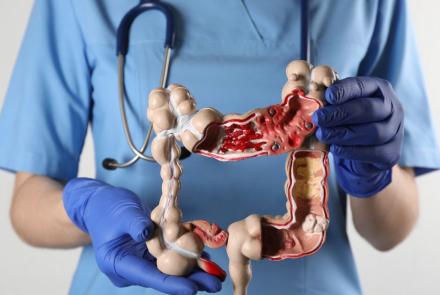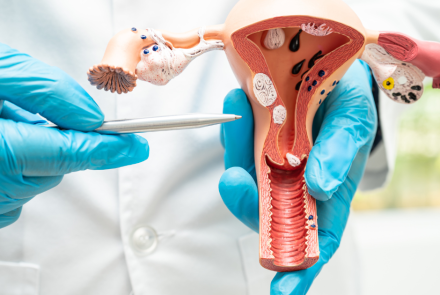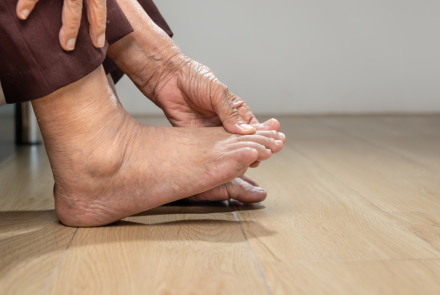New York Surgeon, Adrienne Fueg, MD, FACS of Highland Surgical Associates and on staff at Montefiore Nyack Hospital shares how hernias can be treated.
Nyack, N.Y. June 10, 2014
A hernia is a bulge in the groin, scrotum or abdominal area, which often grows in size when you cough or strain. Hernias can happen to people of any age—even babies. In many cases, there is no obvious cause. In some people, a hernia causes some discomfort, while others have no symptoms. While some hernias don’t require treatment, surgery is the only treatment that can permanently fix a hernia.
The bulge occurs when a sac is formed by the lining of the abdominal cavity. The sac comes through a hole in the strong layer of the stomach wall that surrounds the muscle. There are several types of hernias:
- Inguinal hernia is a bulge in the groin. This type of hernia is more common in men. Inguinal hernias account for 75 percent of all hernias.
- Femoral hernia - a bulge in the upper thigh, just below the groin. This type is much more common in women.
- Hiatal hernia occurs in the upper part of the stomach. Part of the upper stomach pushes into the chest.
- Incisional hernia can occur through a scar if you have had abdominal surgery in the past.
- Umbilical hernia appears as a bulge around the belly button. It occurs when the muscle around the belly button doesn't close completely.
Some hernias are caused by heavy lifting or straining while using the toilet. They also may be caused by chronic coughing. Some people are born with hernias, but they don’t become noticeable until later in life. About 5 percent of babies have inguinal hernias.
Your healthcare professional can usually diagnose a hernia by seeing or feeling it. In some cases, the doctor may order a CT scan or ultrasound. If you have an inguinal hernia with no symptoms, your doctor may recommend “watchful waiting,” meaning no treatment is needed as long as symptoms don’t develop. There are many types of support belts and other garments that can be worn to provide support to the hernia.
Some hernias, including many femoral hernias, may be treated through surgery. The type of operation depends on the size and location of the hernia. Some hernia repairs can be done using small incisions (laparoscopy). Other hernias require open surgery, using a larger incision. Surgery secures the weakened abdominal wall tissue, and closes holes—usually with plastic screen patches.
If a hernia causes sharp stomach pain and vomiting, it means it has gotten stuck inside the hole and lost its blood supply. Immediate surgery is required to fix this problem, which is called “strangulation.” Once a hernia is surgically repaired, it is unlikely to return.






